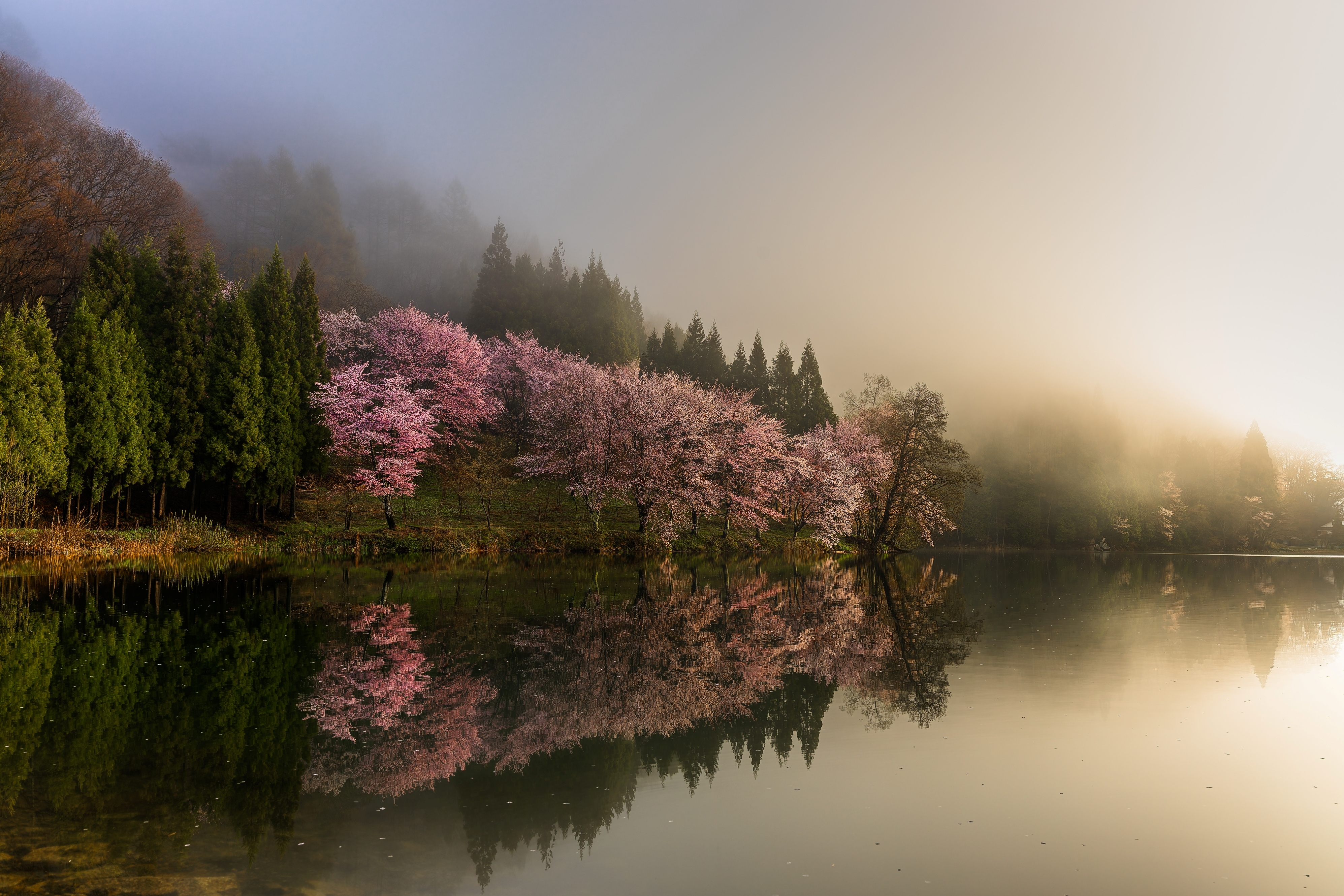No, it's not dead! "The EOS M line DOES have a place in our range" says Canon
The Canon EOS R7 and R10 have NOT killed the EOS M cameras, but rather "sit alongside as part of the EOS family"

Don't listen to the naysayers; the Canon EOS M line of cameras are NOT dead, insists the manufacturer, despite sniping from the online community in the wake of the new APS-C EOS R camera launches.
Canon told us that "the EOS M line does have a place with us in our range," regardless of the overlap between its two lines of APS-C mirrorless cameras, now that the RF-S Canon EOS R7 and Canon EOS R10 have come to market.
• What are the best Canon cameras right now?
"We have the EOS M range, and this range of cropped sensor [RF-S mount] cameras are sitting alongside as part of the EOS family," said David Parry, product marketing specialist at Canon UK.
"The EOS M line does have a place with us in our range, as being very very small and very very lightweight – that’s both the bodies and the lenses – and being nice and simple to use."
"We find things like the Canon EOS M50 Mark II are really popular with people who shoot on the go and shoot a lot of video, such as vloggers and content creators. Which is interesting, because that’s not initially how we envisioned or designed those sorts of cameras, but that’s how people have adopted them and started to use them.
"So the Canon EOS M200 and the M50 Mark II are great for people who really want a small lightweight design, while the new R7 and R10, and RF-S is about people taking their photography further, wanting more control over their photography."
The best camera deals, reviews, product advice, and unmissable photography news, direct to your inbox!
For my part, I agree with this assessment. EOS M cameras are extremely compact and light, making them ideal take-everywhere systems for nimble shooting. And as small as the R7 and R10 might be, compared to their full-frame siblings, they simply aren't as slim and sleek – so the RF-S and EF-M lines serve very different needs.
"We've always been about not trying to shoehorn people into particular cameras, but rather making cameras for lots of different types of shooting," concluded Parry, concurring with the sentiment.
"And that's why we have such a diverse and large range – that's why we still have mirrored cameras, DSLRs. We're not just playing in a particular part of the market, we want to really talk to everybody who’s shooting, right the way from their first camera."
Read more:
Canon EOS M50 Mark II review
Canon EOS M200 review
Best Canon EF-M lenses
Hands on: Canon EOS R7 review
Hands on: Canon EOS R10 review
Best Canon RF lenses

James has 25 years experience as a journalist, serving as the head of Digital Camera World for 7 of them. He started working in the photography industry in 2014, product testing and shooting ad campaigns for Olympus, as well as clients like Aston Martin Racing, Elinchrom and L'Oréal. An Olympus / OM System, Canon and Hasselblad shooter, he has a wealth of knowledge on cameras of all makes – and he loves instant cameras, too.
